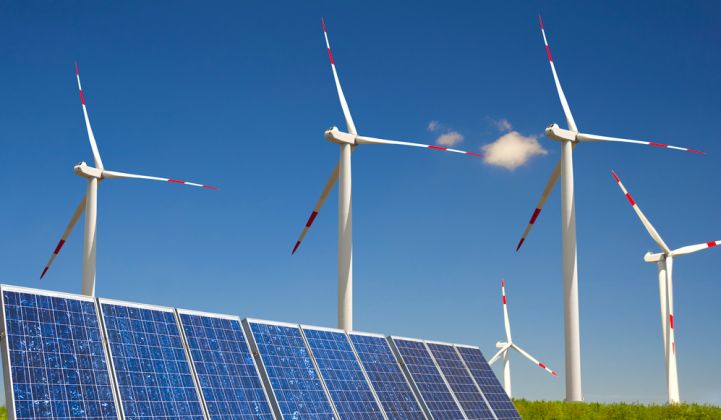The environmental impact of technology is so huge that there are drastic changes in the climate around the world.
There is damage in the form of global warming, bird extinction, plants and also greater disease propensity.
The summers get super hot whilst the winters get very cold.
The cold countries also experience less cold while the hot ones experience colder and
vice-versa.
This makes living normal rather tough than usual. We may need to adopt for comforts such as tackling the transition with the air conditioning system. But that will be detrimental to the entire animals, plants, and climate.
Such improvements stem from a rise in emissions, heat generation, inactive lifestyle habits, excess gadget dependence.
HOW TECHNOLOGY AFFECTS THE ENVIRONMENT.
1) Increase in travel: This may seem awkward, but we're indeed traveling a lot nowadays than in the past. Previously, people used to travel very little because of the lack of cars, but because of improved technology and speed in cars, sometimes we're traveling more and also unnecessarily. Thereby we contribute directly to air pollution. We go around the world on trips, and even on long drives. This was done even before when the technology was low. But then the pollution chances were meager. We were relying on horses, camels, and bulls for road travel. By seas, we relied on large boats and vessels. These methods of travel are time-consuming but are less polluting. But current technology is so advanced that we travel from one part of the world to another in a short time. This is great but has a greater risk for human life and the environment.
CREDIT:https://specials-images.forbesimg.com
The pollution these travels cause is enormous. It is in the form of types of pollution from the air, water, and even noise. Those pollutions pose health risks.
Also, physical exercise is lacking and we are developing sedentary habits.
2) Excess power consumption: Thanks to technology, power consumption is high. We are using technology in education, at work, at home and even in remote places. We're addicted to smartphones, television and other gadgets. So we always need electric power to make them work on a non-stop basis. This electric energy is generated by the use of fossil or nuclear fuels on a large scale. The previous man did not need electricity throughout the day. He needed it for night lighting. Now he needs it 24 hours and in all the seasons to keep his gadgets running.
 CREDIT:https://assets.greentechmedia.com
3) We generate more waste:
CREDIT:https://assets.greentechmedia.com
3) We generate more waste: In the name of technological upgrading, we contribute a large amount of toxic waste. People used to use computers large in size before. We needed big monitors for that, CPUs, different keyboards, mouse, etc. We now tend to use laptops and tablets for their portability and compactness. We have no separate parts, such as computers, keyboards, etc. So all of the large size desktop computers were disposed into the environment when upgrading to laptops. Similarly, tungsten bulbs have been replaced by fluorescent bulbs which are replaced again by incandescent bulbs.
CREDIT:mindcontroversy.com
These are highly toxic because they contain heavy metals such as mercury, lead in them. That can lead to a serious life-threatening health problem. Although older technology is inevitable for new technology development, we generate a lot of technological waste which is harmful to the environment.
4) Excess use of gadgets: nowadays we can see many people busy on their mobile phones or tablets on the roads, trains and even parks. That's more of a gadget addiction and the apps inside.
This leads to the need for WiFi and other wireless connectivity. Due to these wireless technology, radiation exposure is high leading to silent health problems. Even it is believed that some birds also get extinct in the region of these wifi-enabled areas.
5) Excess deforestation: Deforestation is widespread in the name of growth, comfort etc. This is possible thanks to the greater machine technology ability. In a very short span, we can make a wide clearing of greenery and dig through the hills and mountains, as well.
 CREDIT:https://miro.medium.com
CREDIT:https://miro.medium.com
In addition, by clearing greenery around we spread out large paths. The growth in technology also makes many houses and resorts easier to build. Though to humans, it seems fun. This certainly does influence nature. Hence, due to widespread deforestation, we can see the rapid extinction of many species of plants, birds, and animals. This is detrimental to normal environment and the surrounding climate. Those countries with a good percentage of forest area have a friendly environment.
































